Gear
- Home/
- Gear
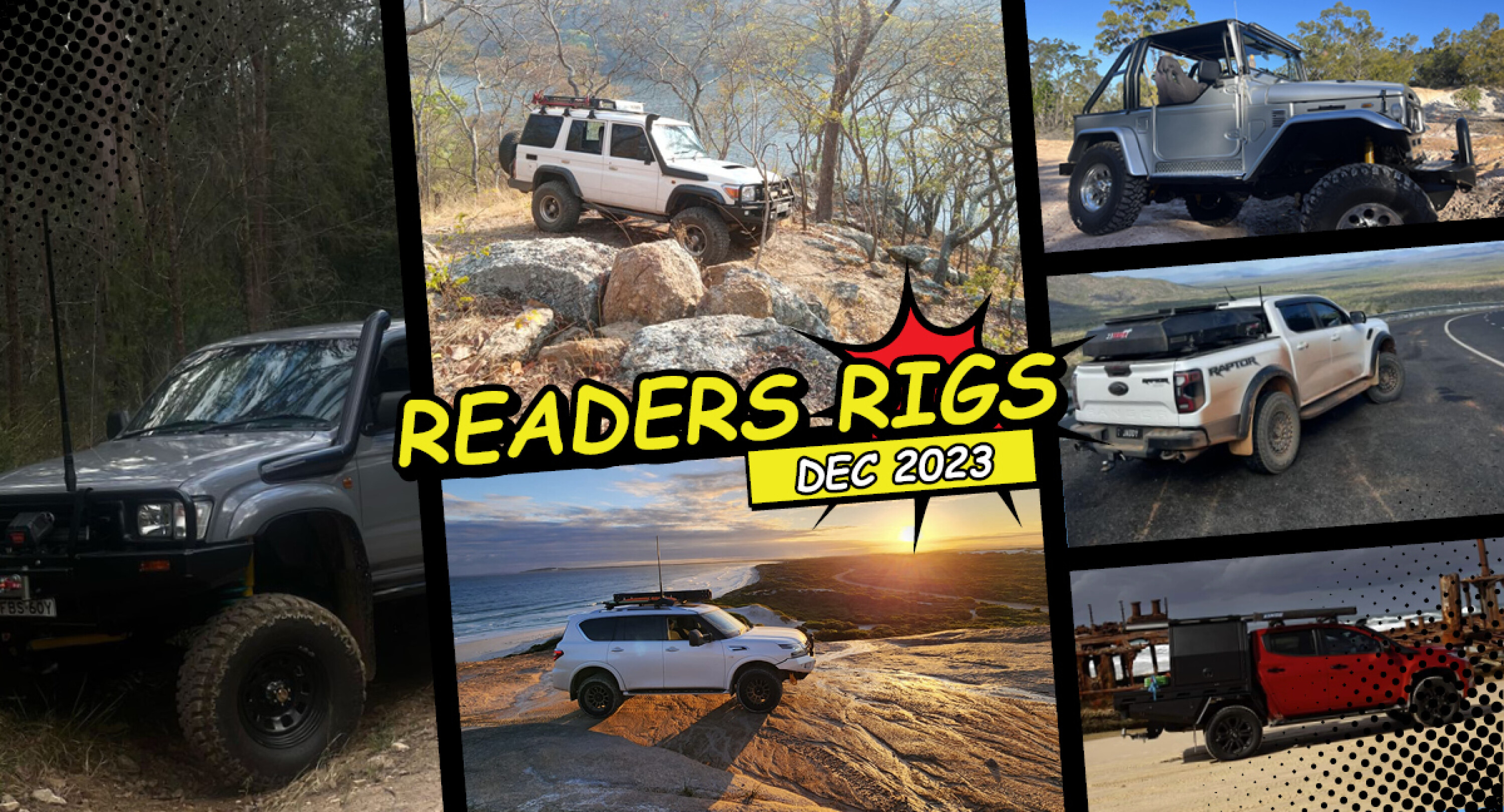
Readers' Rigs: December 2023
Six solid reader builds to see out 2023
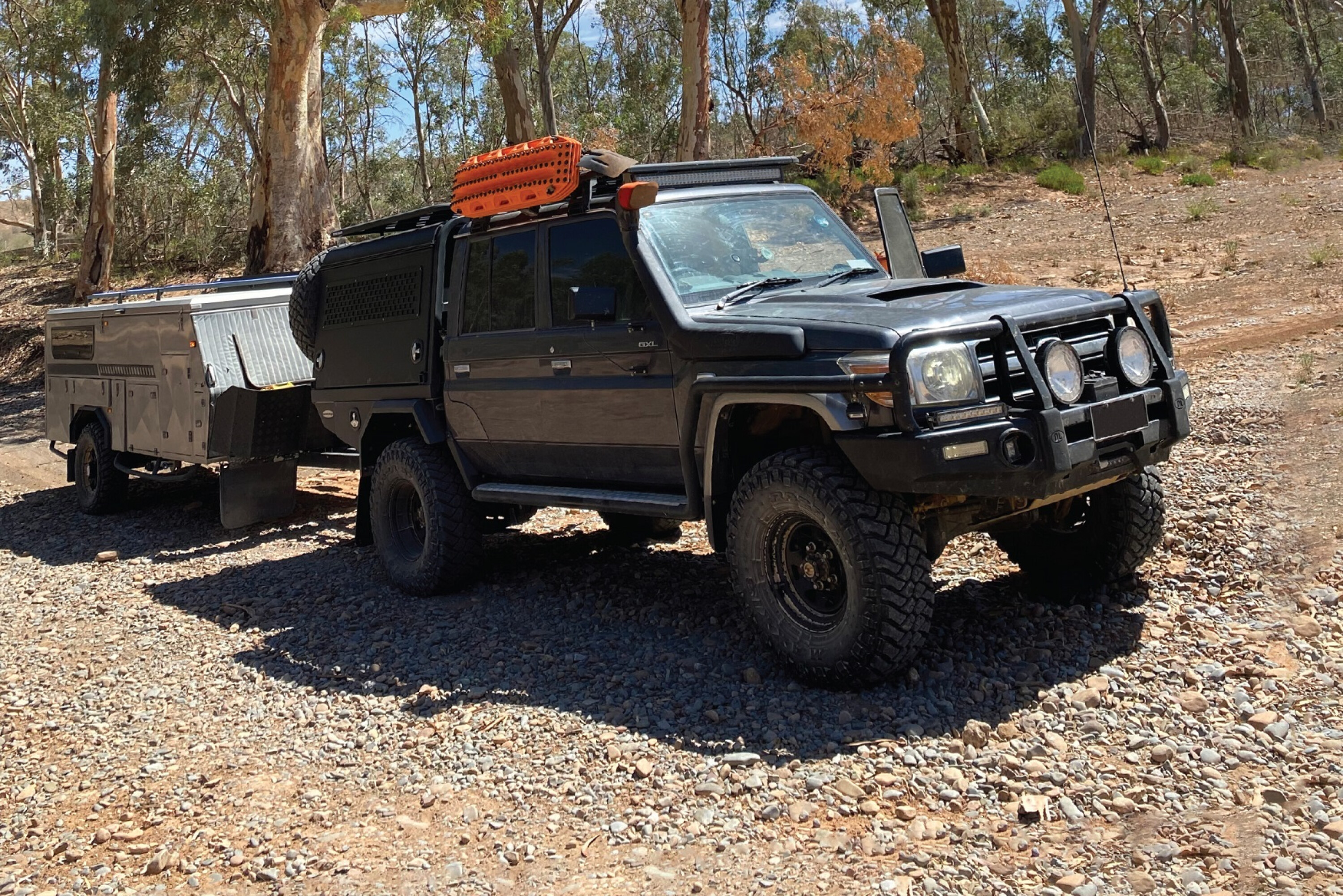
Bendix releases electronic park brake for 70 Series LandCruiser
Bendix has launched its electric secondary park brake for 76, 78 and 79 Series LandCruisers
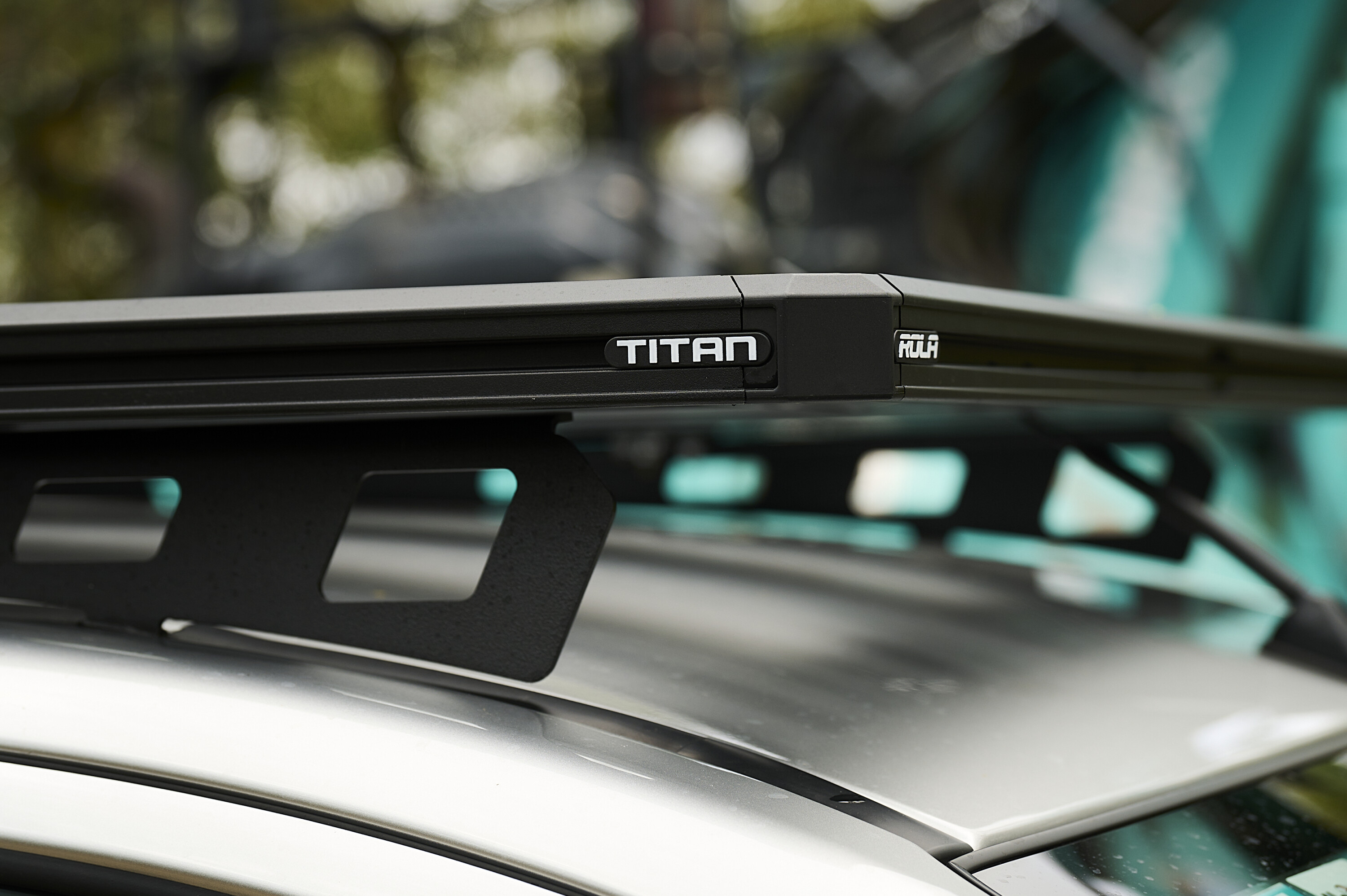
Tradie Triton ute build: Rola MKIII Titan Tray
In our bid to build the ultimate 4x4 ute for both work and play, we’ve kitted out our Mitsubishi Triton with a Rola MKIII Titan Tray on a Ridge Mount system
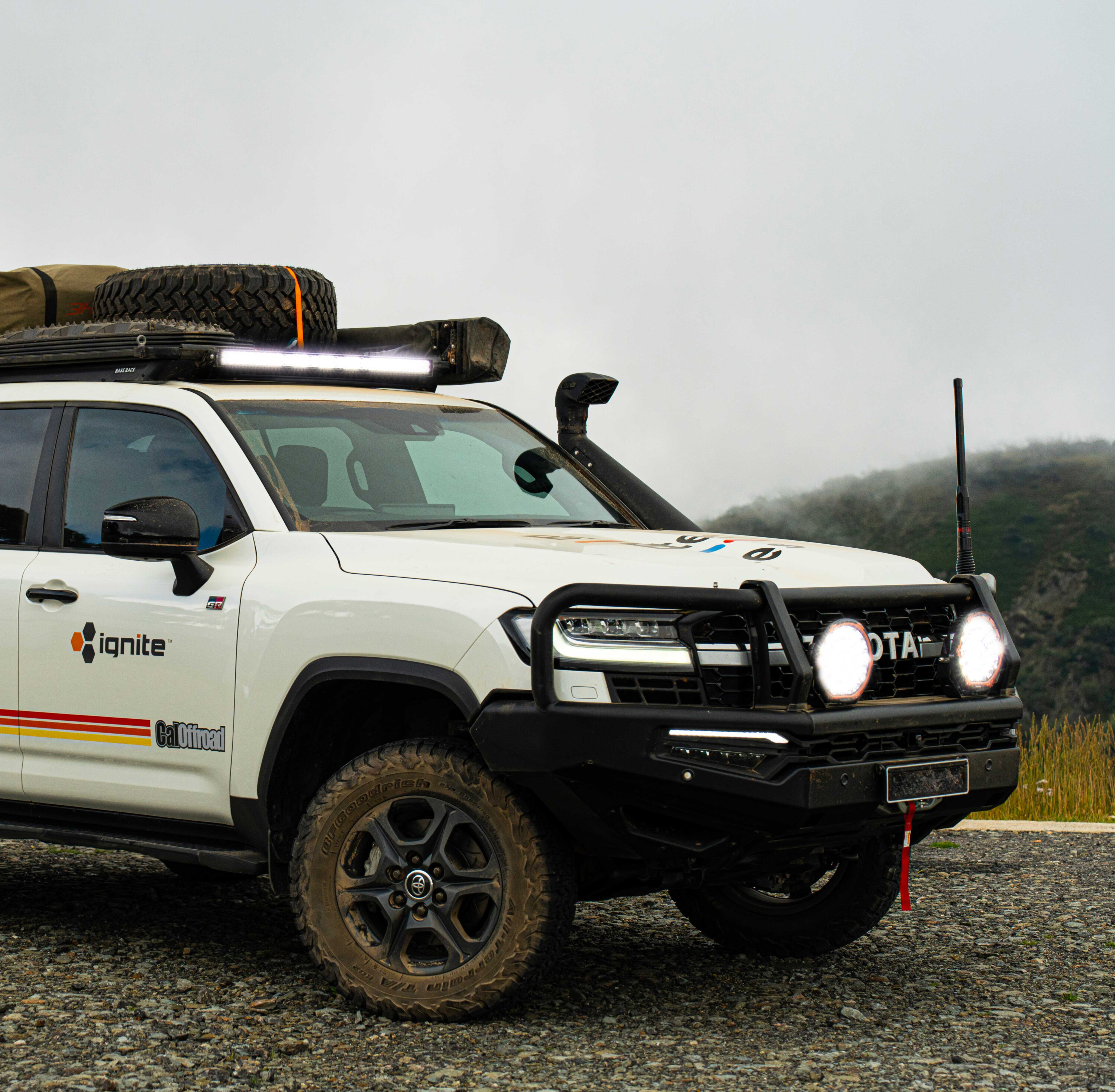
Ignite 9-inch slimline laser LED driving light released
Ignite’s new 9-inch slimline laser LED driving light will enhance your night driving experience

Pedders' towing and touring equipment
Making sure your trusty and reliable 4x4 is ready for the next new adventure.
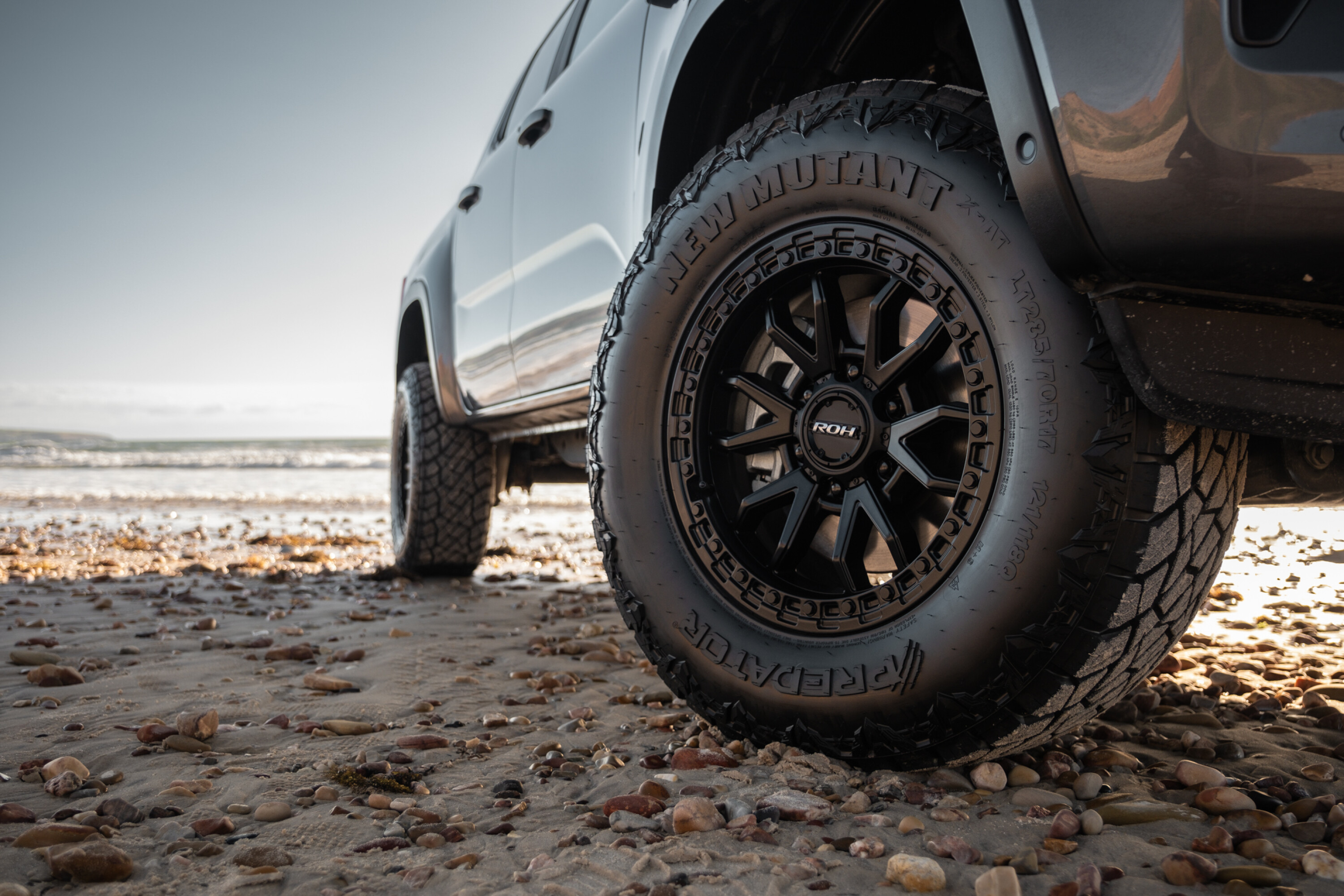
Predator New Mutant X-AT tyre launched in Australia
Predator Tyres introduces New Mutant X-AT all-terrain tyre
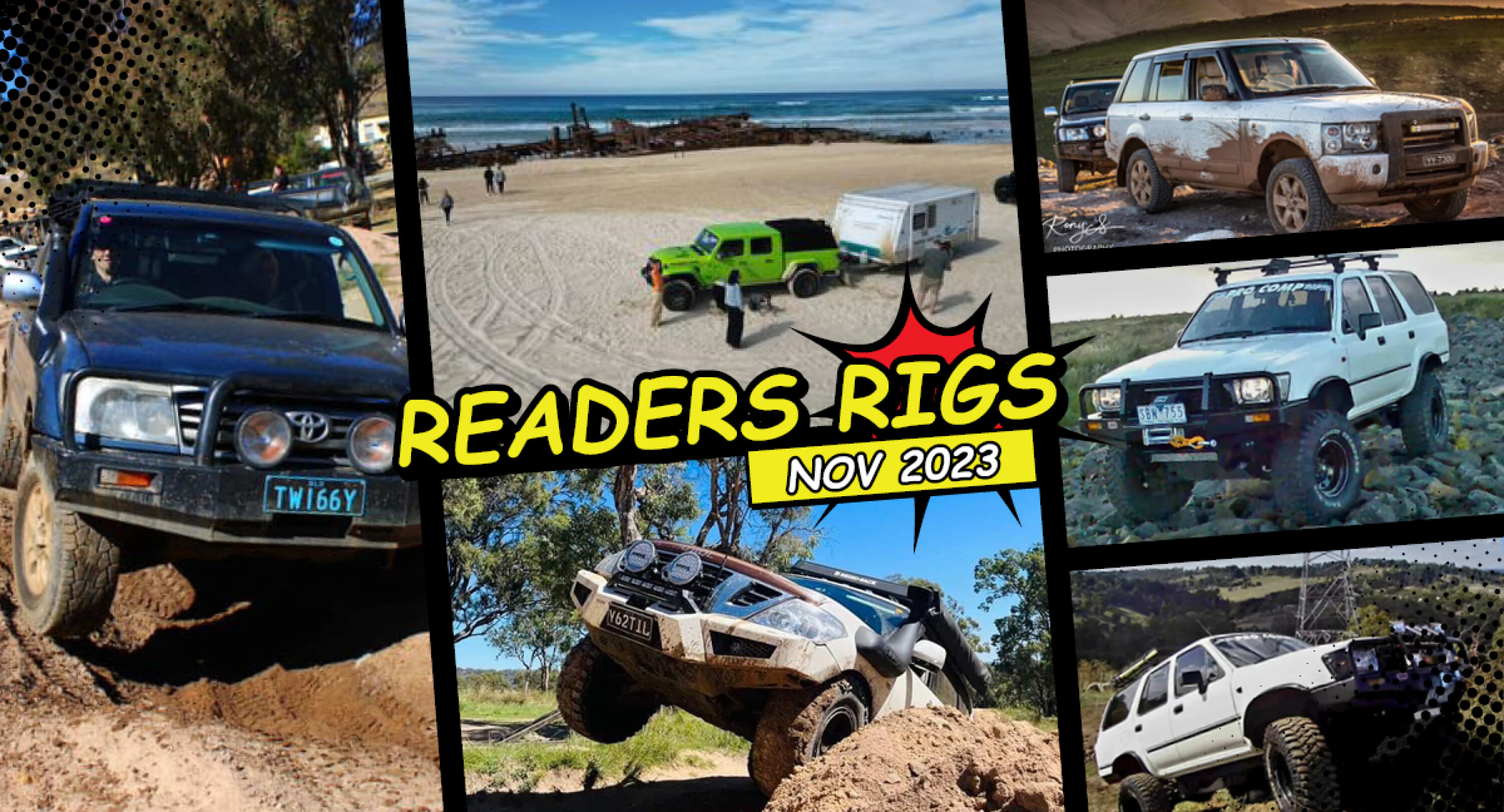
Readers' Rigs: November 2023
A bunch of cool rigs sent in by our readers in November
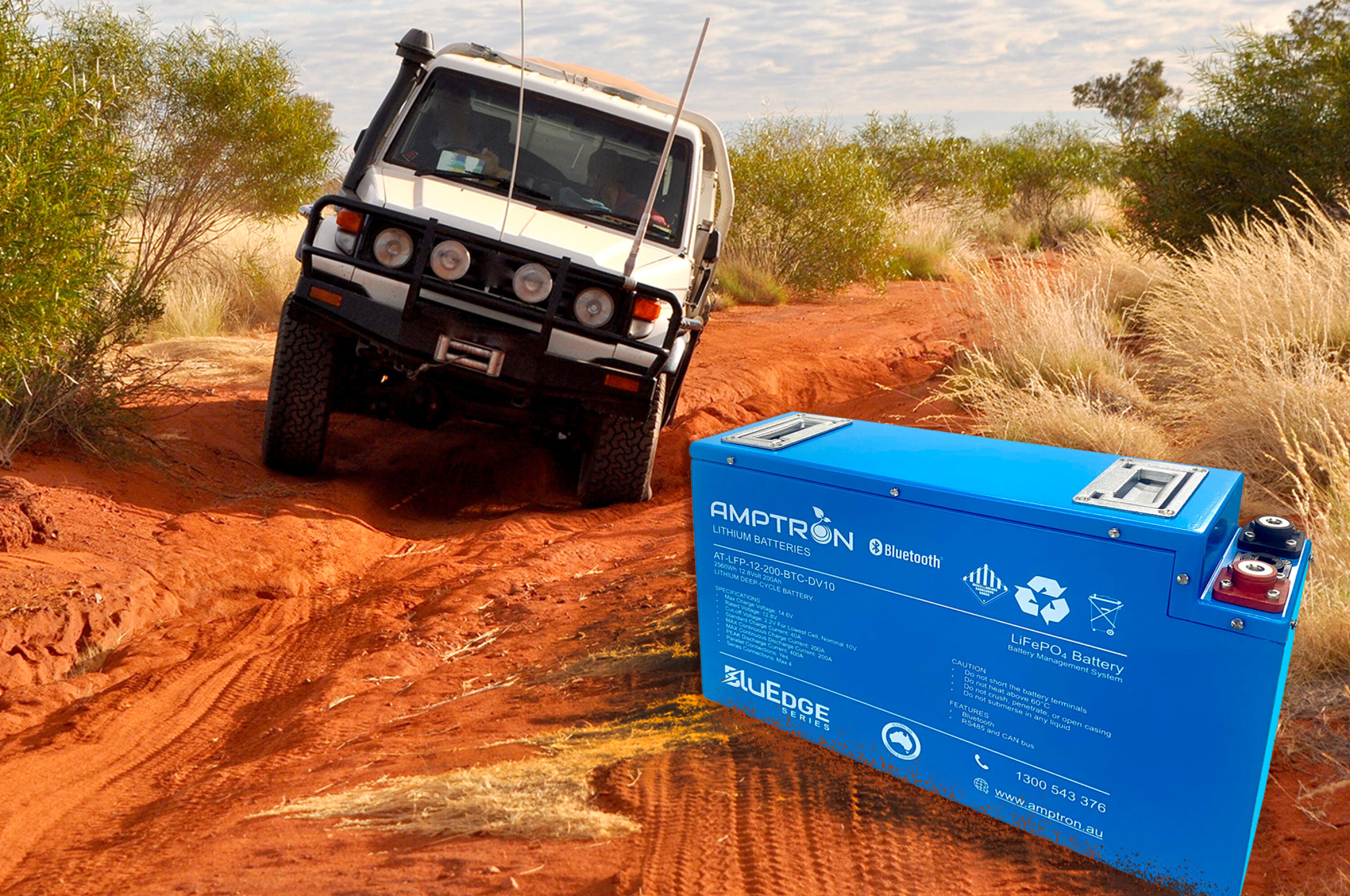
Amptron adds BluEdge series to its lithium range
This leading-edge battery range is the new standard in lithium batteries for the overland market

4x4 Australia's 2023 Christmas gift guide
Our 2023 Christmas gift guide is packed full of quality 4x4 and touring kit!
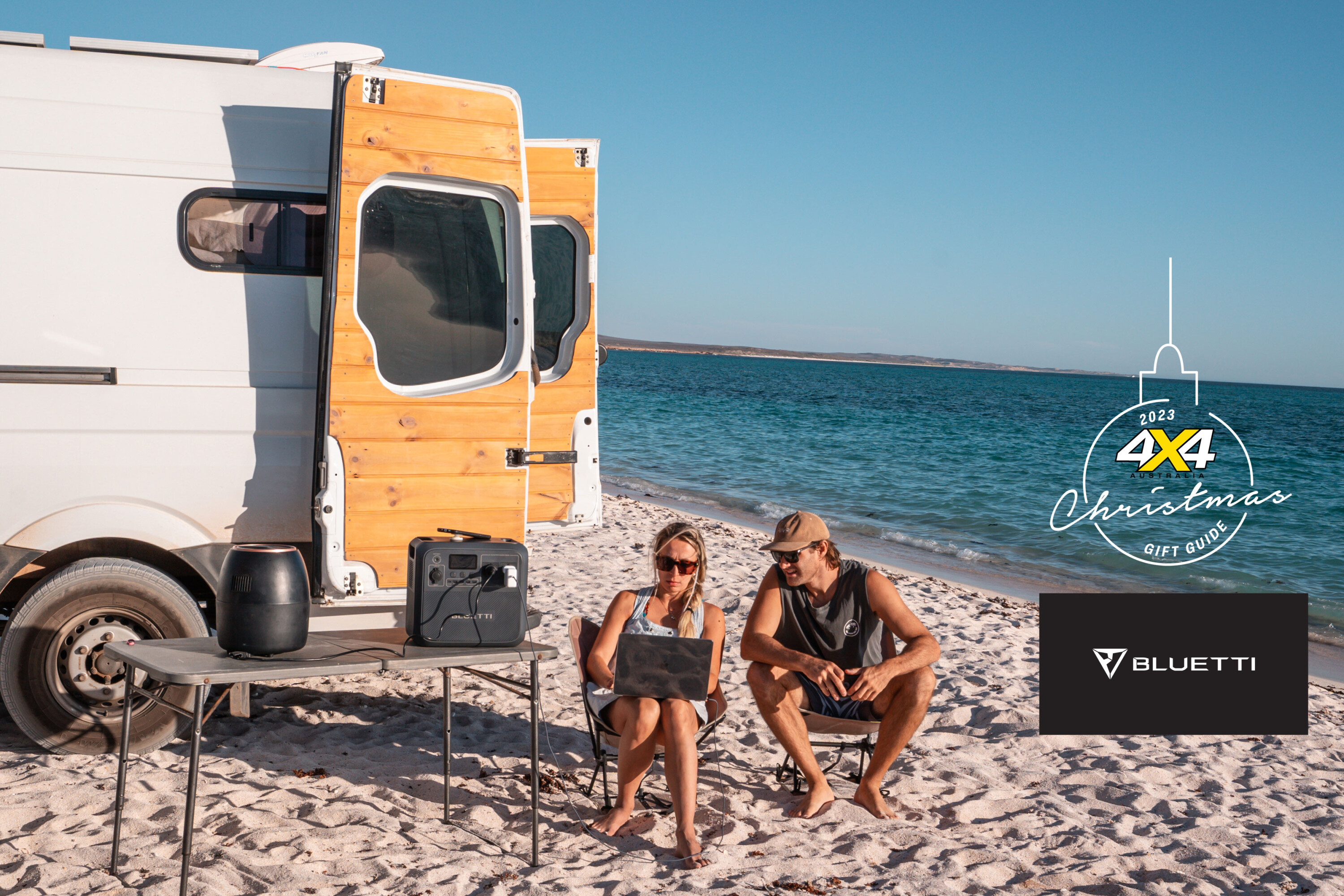
2023 Christmas gift guide: BLUETTI power-saving solutions
Class-leading portable power, whenever and wherever you need it

2023 Christmas gift guide: GME XRS Connect range
Aussie-made, rugged and easy to use

2023 Christmas gift guide: Ugly Fish eyewear
Protective eyewear to suit Australia's harsh conditions
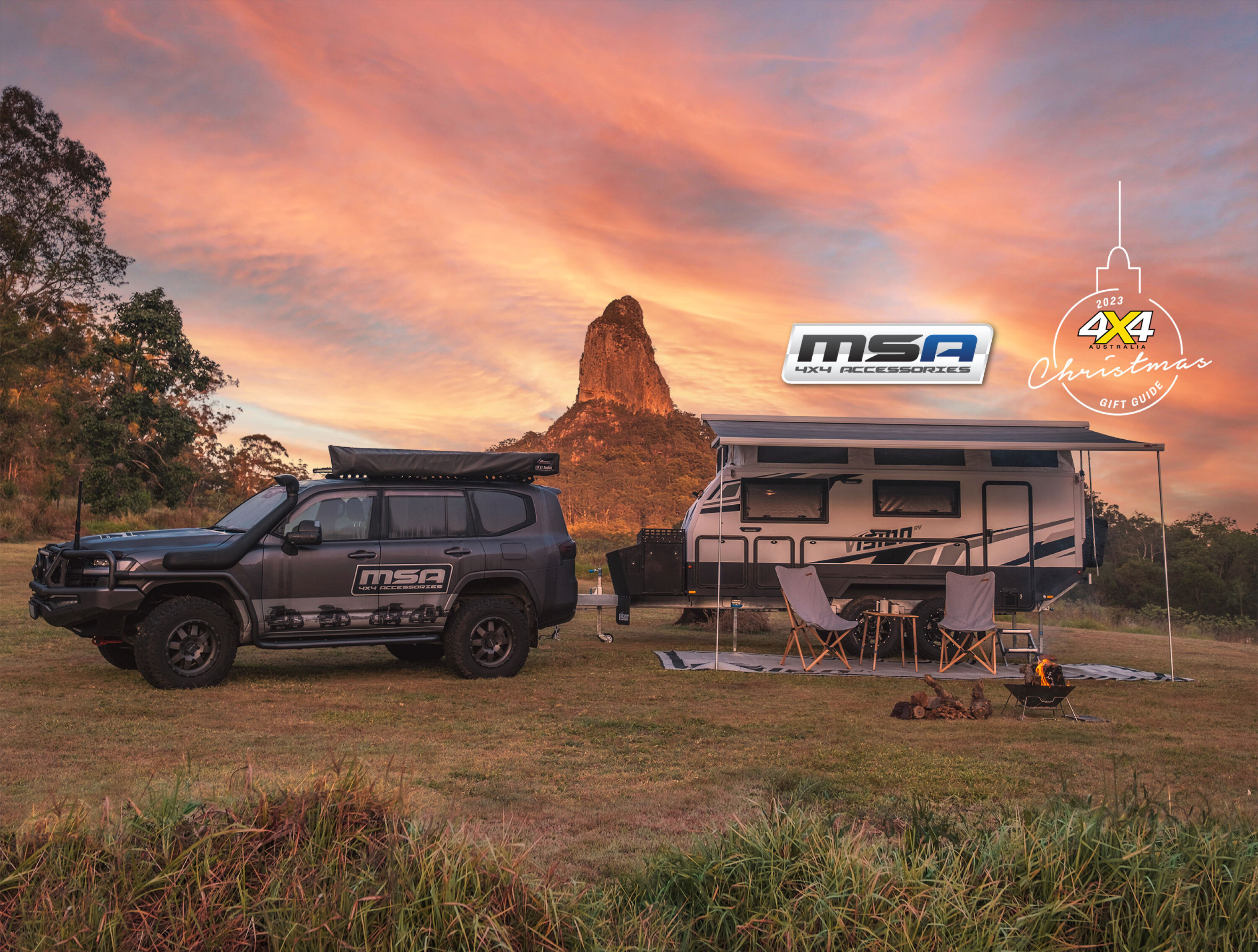
2023 Christmas gift guide: MSA 4x4 Accessories
Class-leading Christmas gift ideas from the experts at MSA 4x4

2023 Christmas gift guide: Powertec
Comms and battery power solutions from Powertec
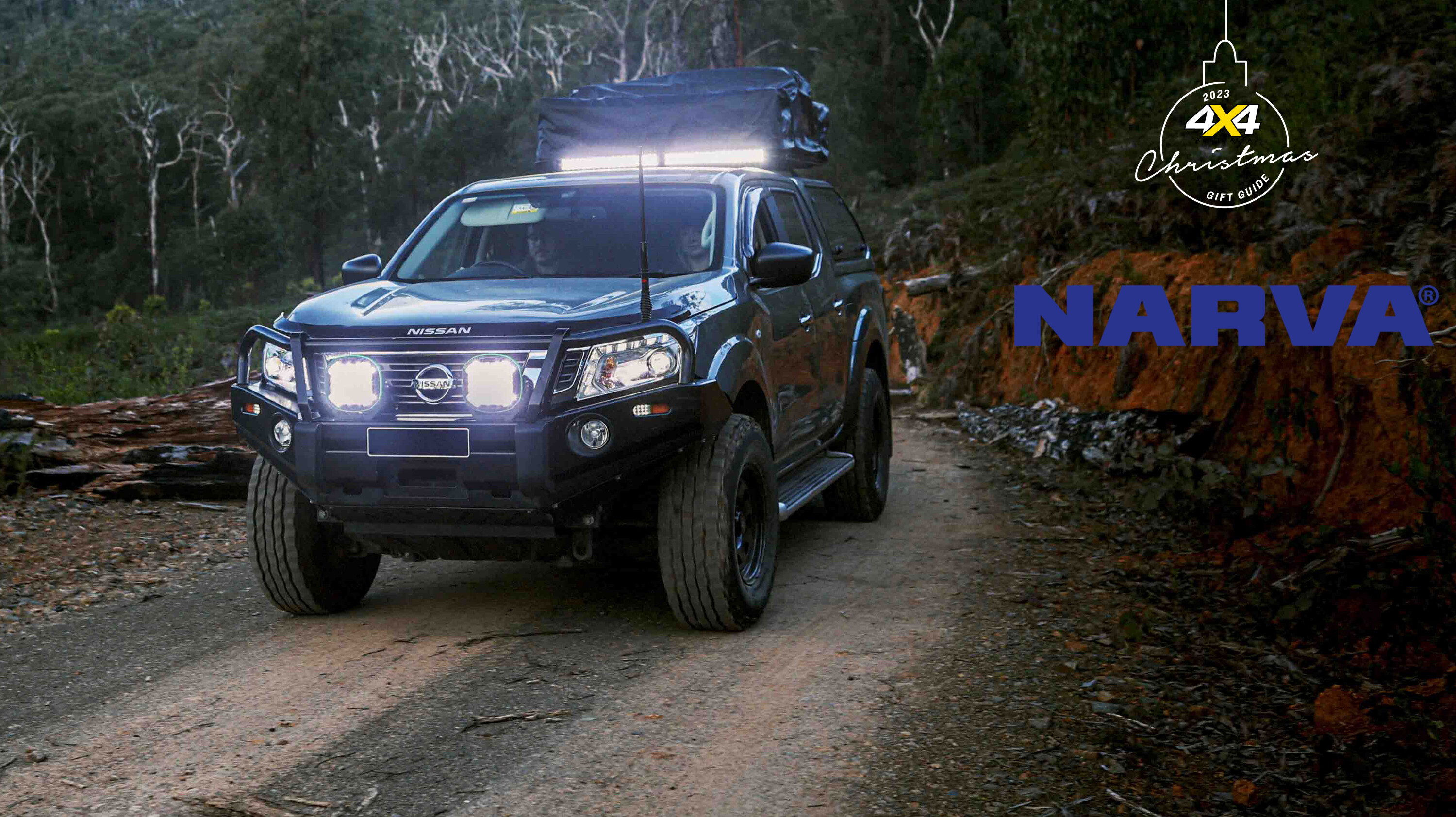
2023 Christmas gift guide: Narva EX2 driving lights
Narva has all the best gear to get you safely to the great outdoors, and in style.
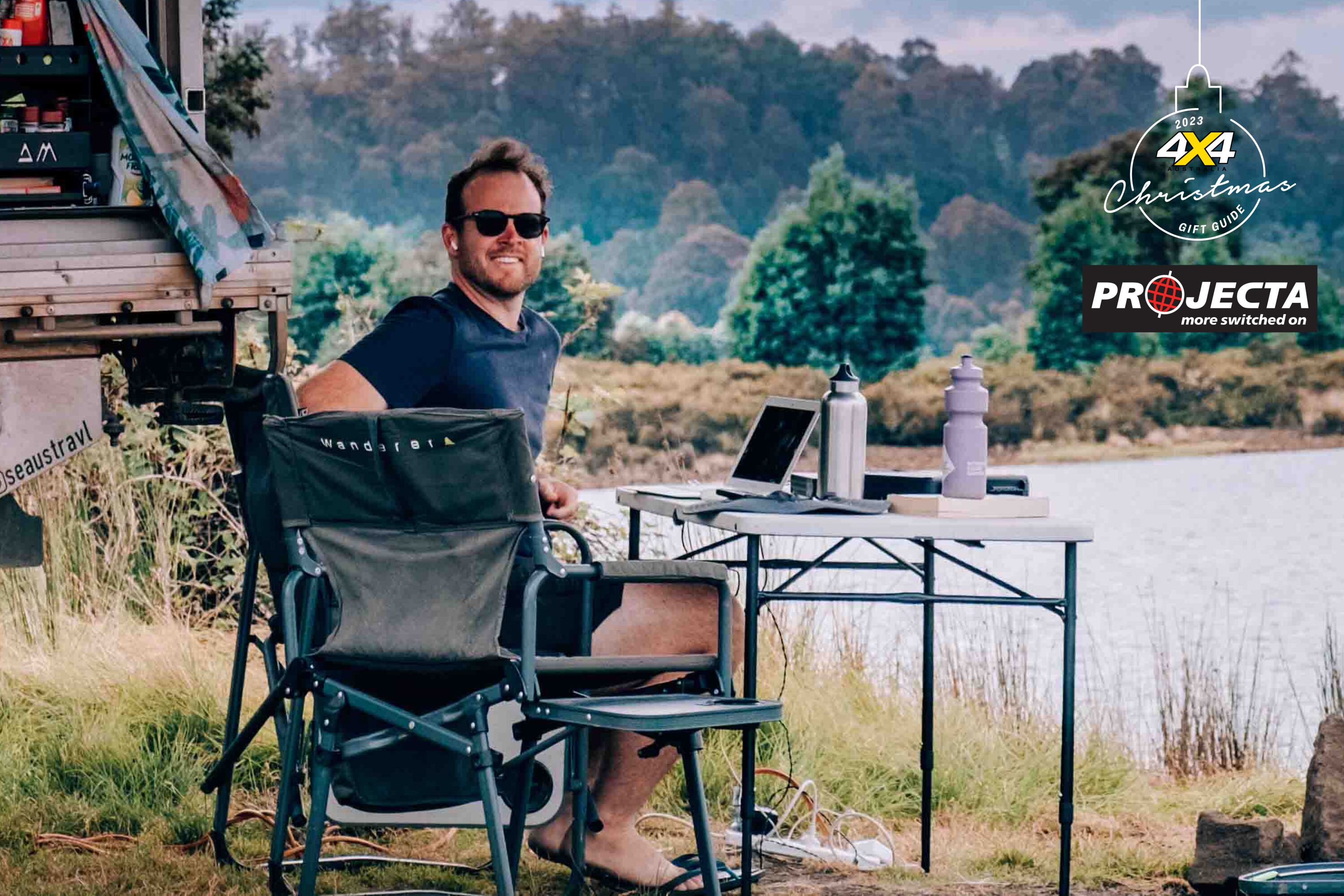
2023 Christmas gift guide: Projecta power solutions
Projecta has all the best power to ensure you will never run out of power, no matter where you are
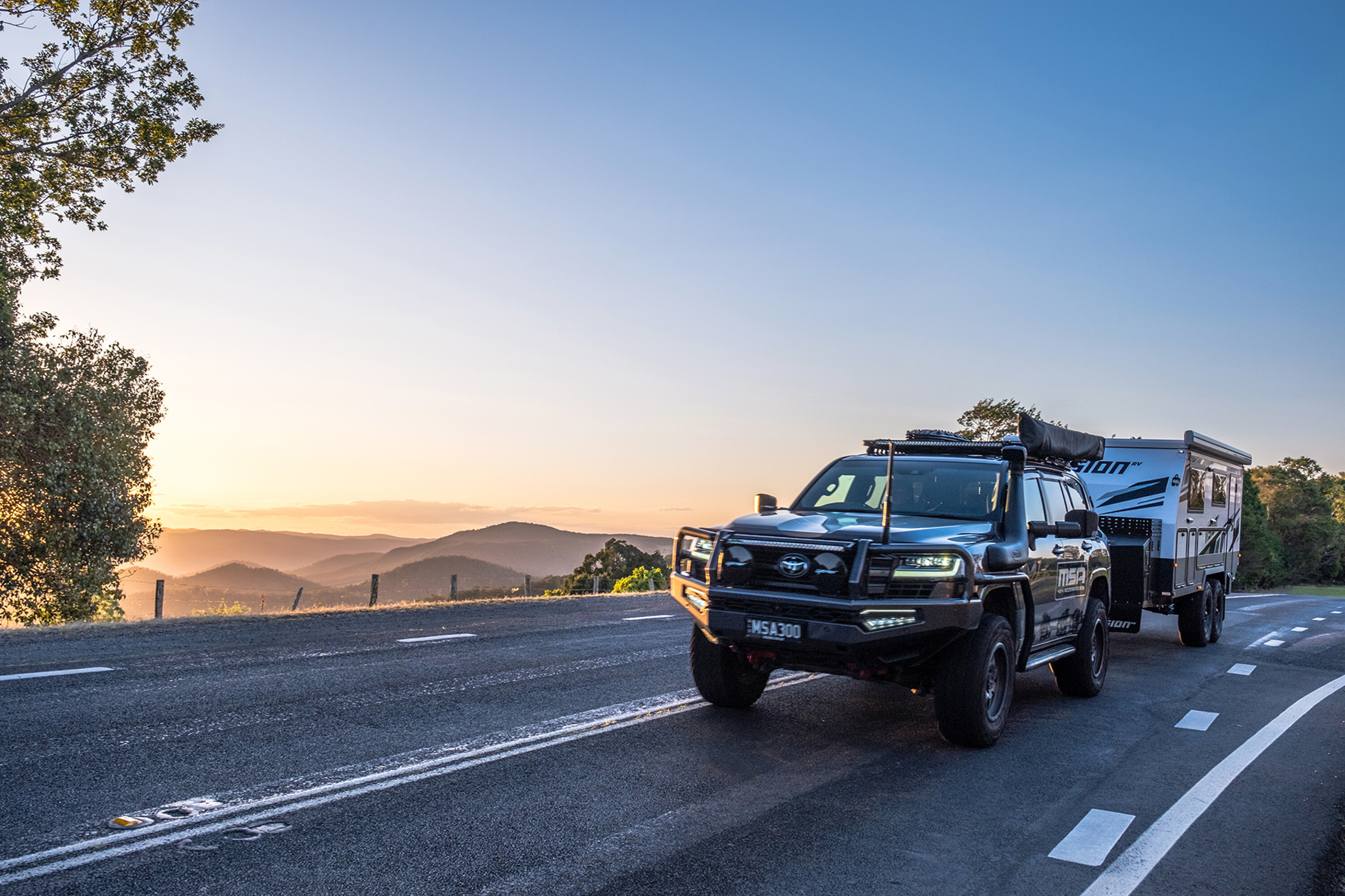
MSA 4x4’s all-new Power Fold towing mirrors
MSA 4X4 has added another ground-breaking product to its towing mirror range
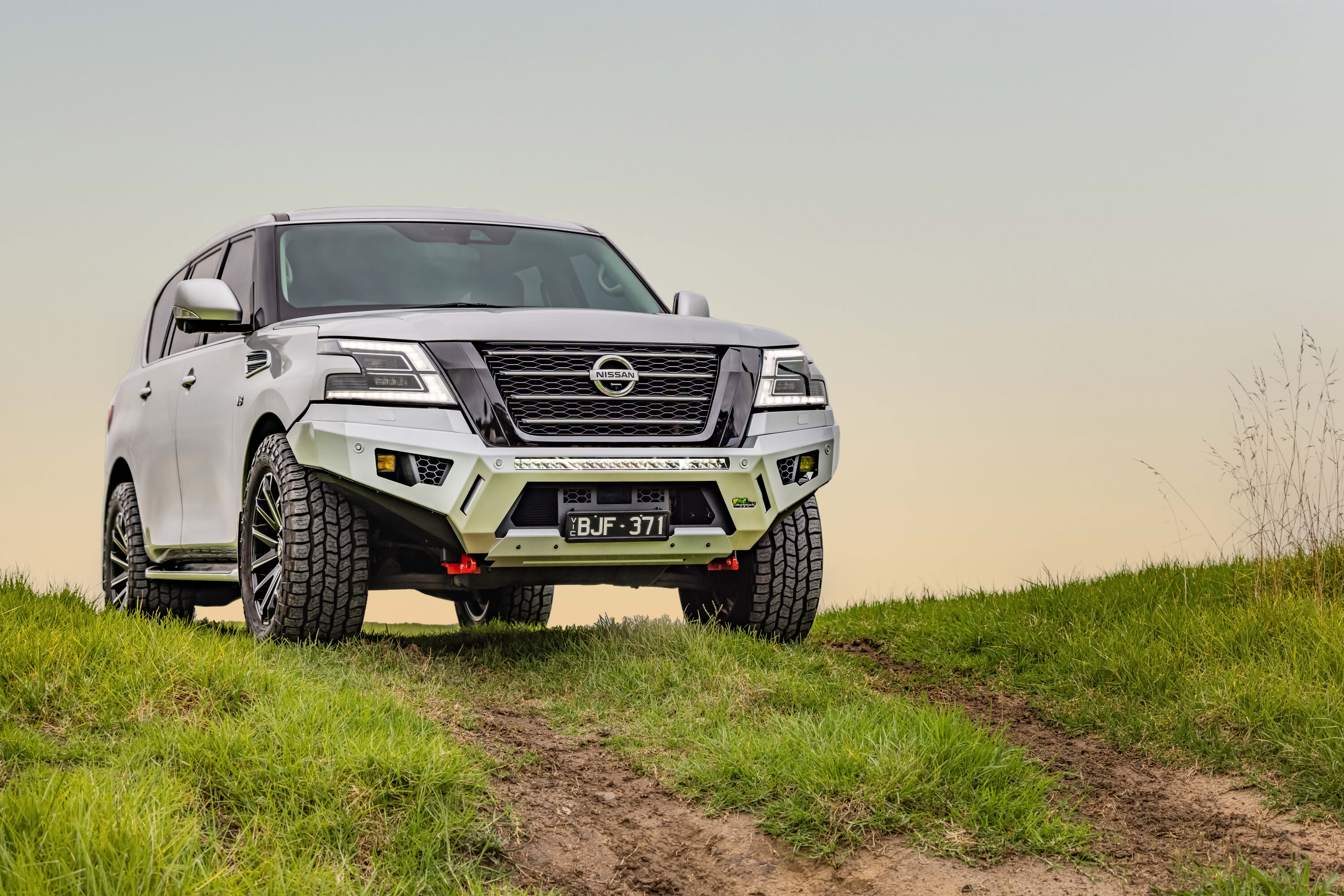
Ironman 4x4 Raid bull bar released for Y62 Patrol
Transform the Y62’s front end with an Ironman 4x4 Raid bar
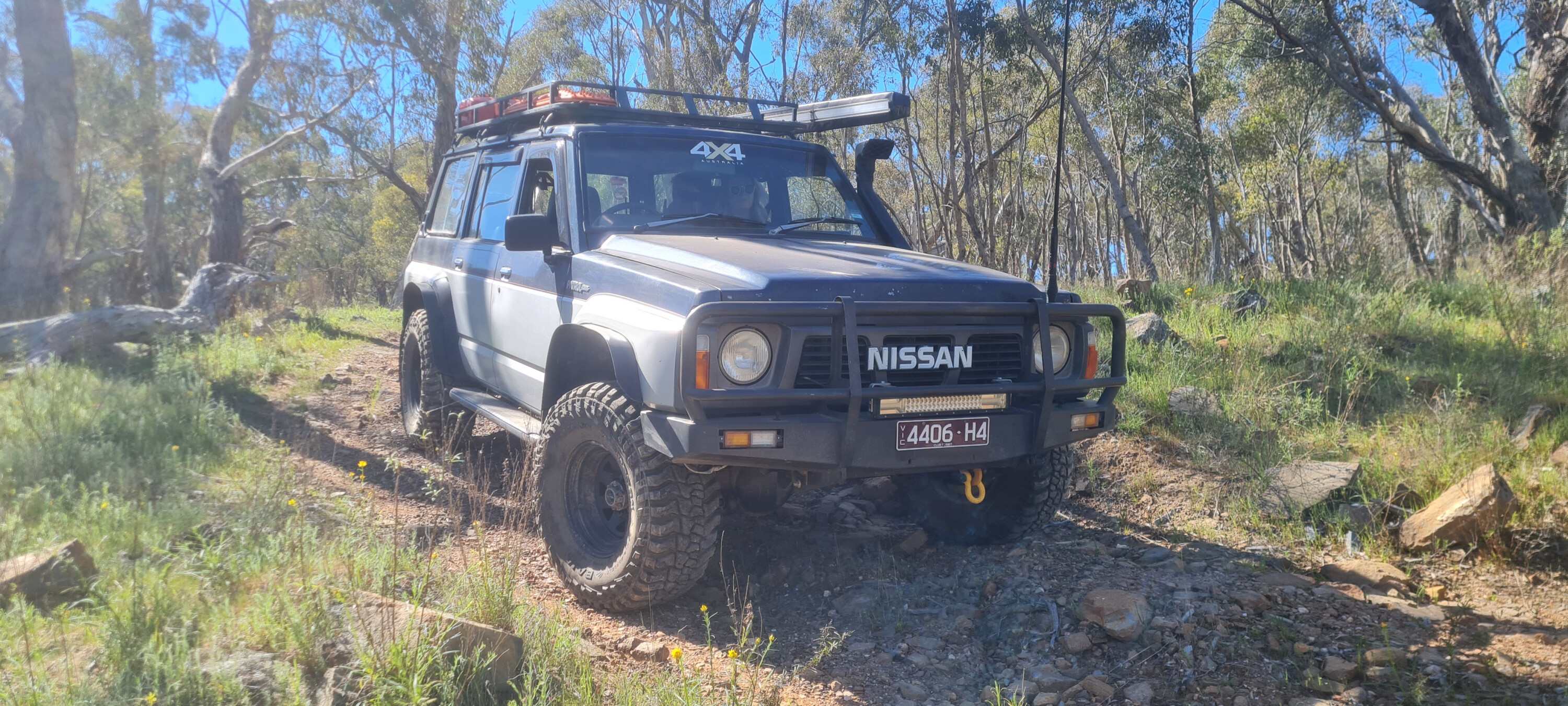
GQ Patrol gets Fulcrum Suspensions lift kit
Budget-build GQ Patrol gets a fresh lift kit ready for a summer of off-road adventuring

BLUETTI's unmissable Black Friday deals
Charge into savings with these exceptional deals

How to fix a 4x4 tyre on the fly
You won’t get stuck in the bush if you check out these top tips on CPR for a flatlined tyre
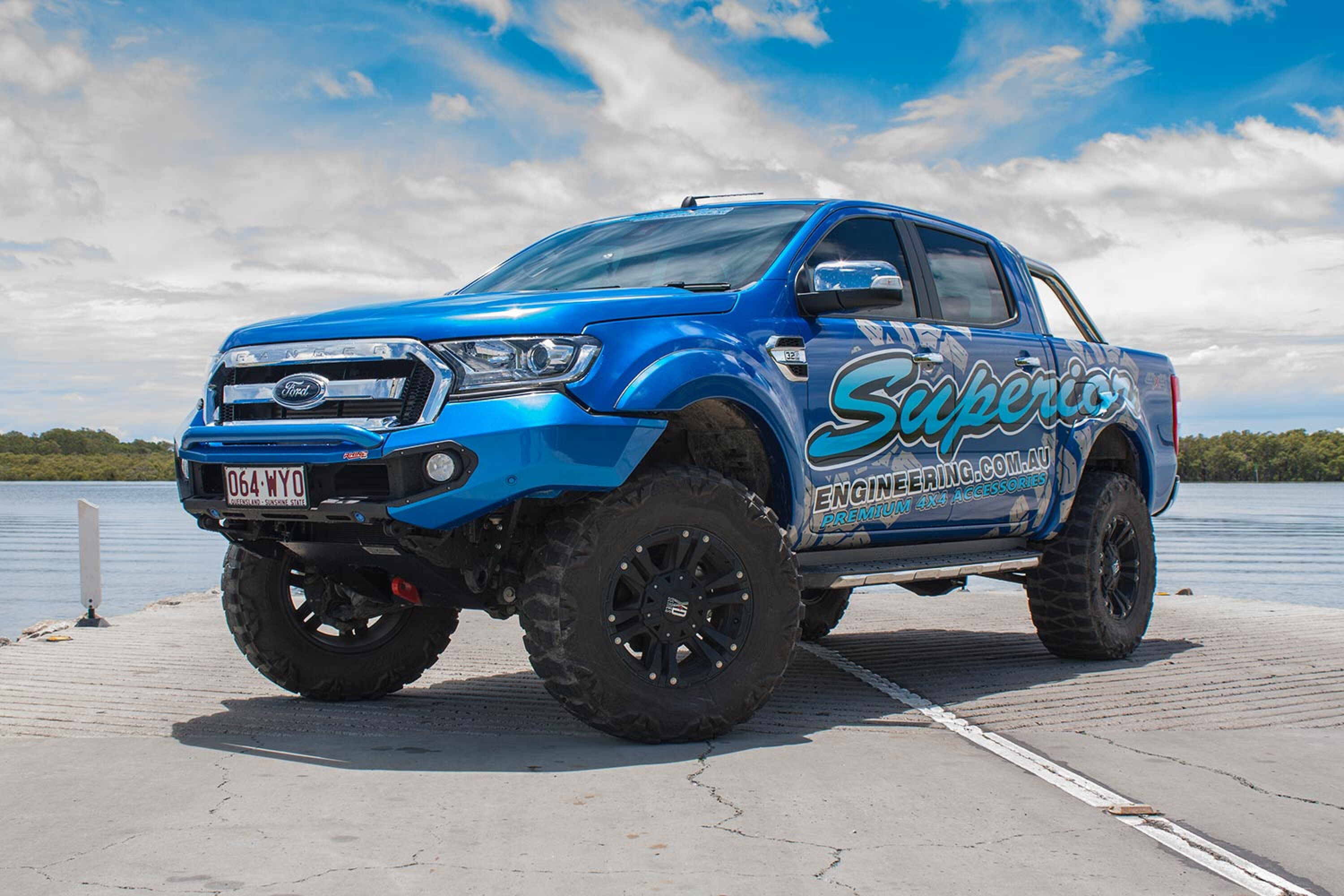
Coil revolution: Superior Engineering’s coil conversions
Replacing old-school tech with modern suspension performance
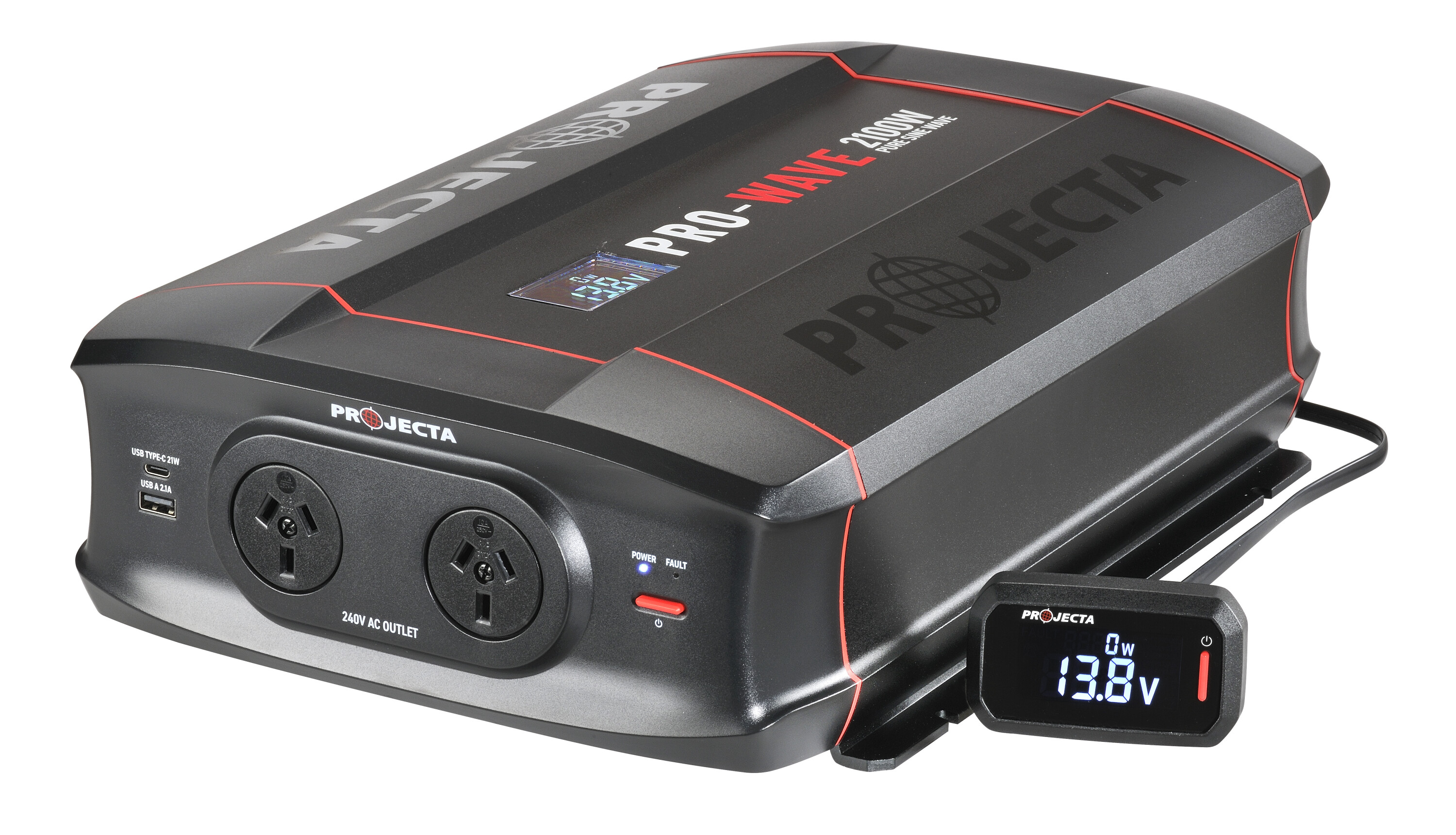
Projecta releases new range of Pro-Wave inverters
Offering pure sine wave power, these units can cater for an extended range of appliances
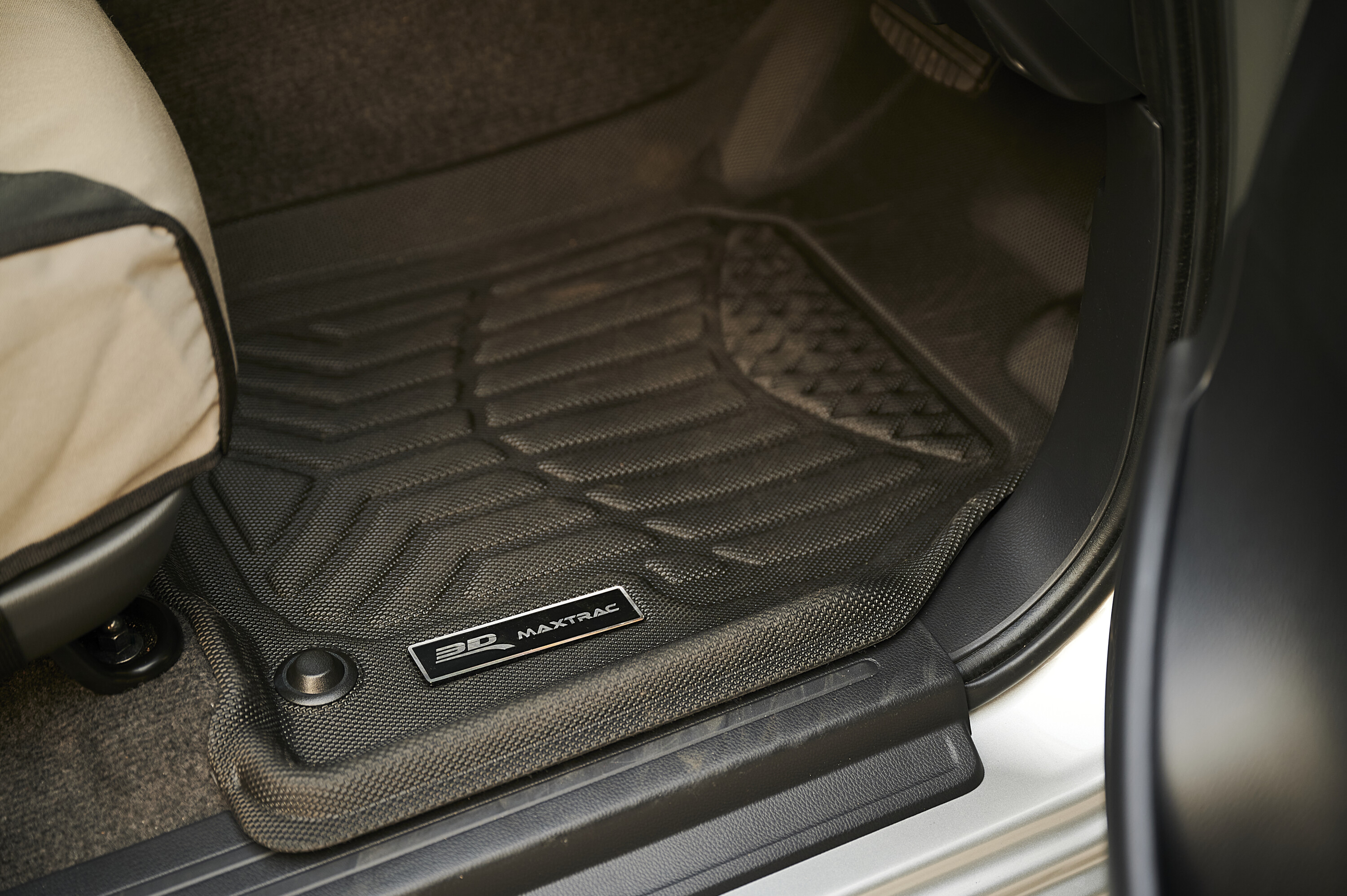
Triton tradie ute build: TruFit 3D Maxtrac rubber mats
Mud, grit and sand can turn pristine carpet into a filthy mess, but TruFit has a solution